A 1.575 GHz RF signal driving an antenna that has a length suitable for 2.4 GHz means you are driving a "short" antenna. This means the "short" antenna won't have the "standard impedance" you would see at 2.4 GHz. However, it's fairly reasonable to state that a "short antenna" will have more capacitive reactance and, that capacitive reactance can be cancelled out with a series inductor but, there's other things to consider...
It's also reasonable to state that the antenna's radiation resistance at 2.4 GHz will drop significantly when operated at only 1.575 GHz. Given that impedance matching is something that most of us feel is important when dealing with RF signals in excess of (a mere) 100 MHz, you would probably find that the significantly reduced radiation resistance is likely to be a problem but, how much?
If you looked at a typical monopole you'd see an impedance graph like this: -

Picture from here and also, originally from here. If you look at the impedance when the monopole is a quarter wave long (pretty much what you have with 2.4 GHz), you'd find that the radiation resistance value is 37 Ω in series with j21 Ω. These values are also confirmed by this wiki page on monopole antennas.
So, at 1.575 GHz, the antenna's "effective length" will be about 0.164 λ and look like an impedance of circa 10 Ω radiation resistance in series with a capacitive reactance of about -j250 Ω. So, adding the inductor (circa +j250 Ω reactance will effectively "tune-out" the capacitive reactance but it won't match your 1.575 GHz driver to the antenna at all. If your driver is 50 Ω then, to transfer power effectively to the radiation resistance of circa 10 Ω you need to add a matching network or live the consequences of poor performance.
On top of this is the "true" output impedance of your 1.575 GHz driver and any matching circuits that might be needed to fulfil the 2.4 GHz transmissions. I'm not saying it's impossible (far from it) but, you need to be careful and design it right to achieve optimum performance.
I've done some research and electrically lengthening the path with a
inductor seems like a solution. Would this be the solution? I'm
imagining just switching in and out the inductor in series.
There are a few more steps to take unfortunately if you want better performance.
